Attic insulation provides your home with protection and comfort, specifically in the context of changing temperatures and humidity levels. But for you to truly benefit, it is vital to understand proper installation methods, including which way attic insulation faces. We have researched this to get answers to help you!
The best way to face attic insulation is always towards the heated part of the home since the paper facing consists of asphalt adhesive that serves as the vapor barrier. Installing it backward traps the moisture inside, causing it to rot and mold.
Everyone hopes to be comfortable in their homes; this is why proper insulation facing is important. For a more detailed discussion, you can read further to learn about insulation installation methods.
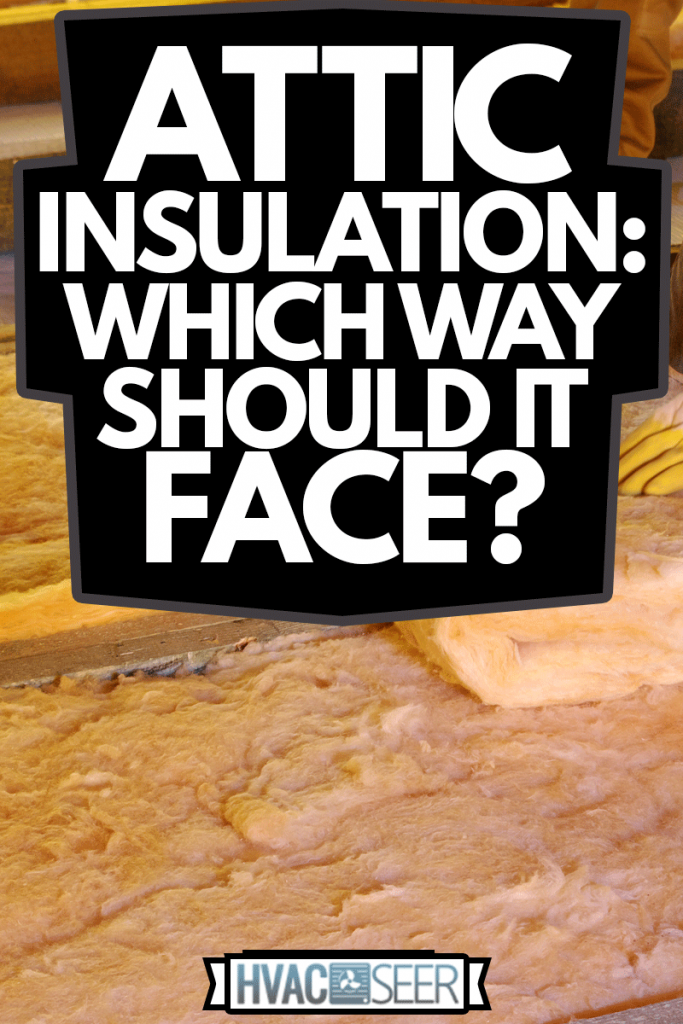
Why Insulation Facing Matters
Installing insulation in the correct orientation is crucial to keeping your insulation and home free of excess moisture that can lead to mold growth. Your home will benefit in the following ways:
Improves Indoor Air Quality
Properly facing insulation improves the air quality in your home. You will be able to breathe in and out healthy indoor air because the insulation blocks outdoor pollutants from coming inside your home.
Aside from that, this minimizes pollution caused by power plants so it's not only safe for your home but also for the environment.
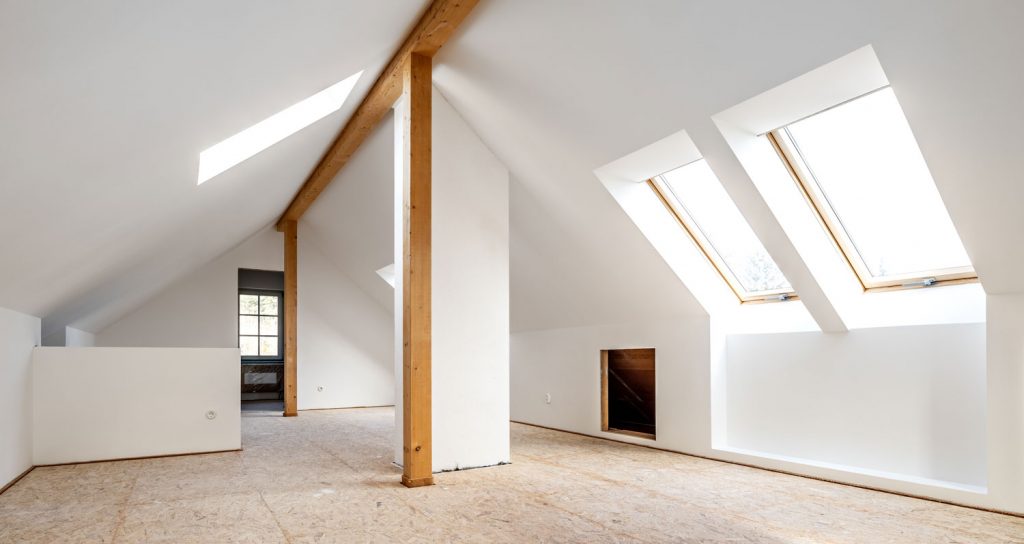
Home Structure Protection
Accurately installing insulation helps prevent the structure of your home from physical damage that may be caused due to changing seasons.
Humidity causes moisture to stream down the walls and frame of your attic, resulting in water damage. During winter, the attic's heat can cause ice dams in your roof, and when this happens, it's going to cost you a lot of repairs.
What's more, the warm air can get out from the attic, which causes the snow on your roof to melt and freeze repeatedly.
Correctly insulating the attic is a safety measure to stop these issues. If the insulation faces the wrong way, it's likely to cause inconvenience by failing to protect your home's structure during fluctuating temperatures.

Suited To Its Purpose
To reap the benefits of attic insulation, following the right methods along with the proper facing is just as important as the idea of the insulation itself.
We will have an in-depth discussion of the kinds of facing and where and when you can apply each. So keep reading for further understanding.
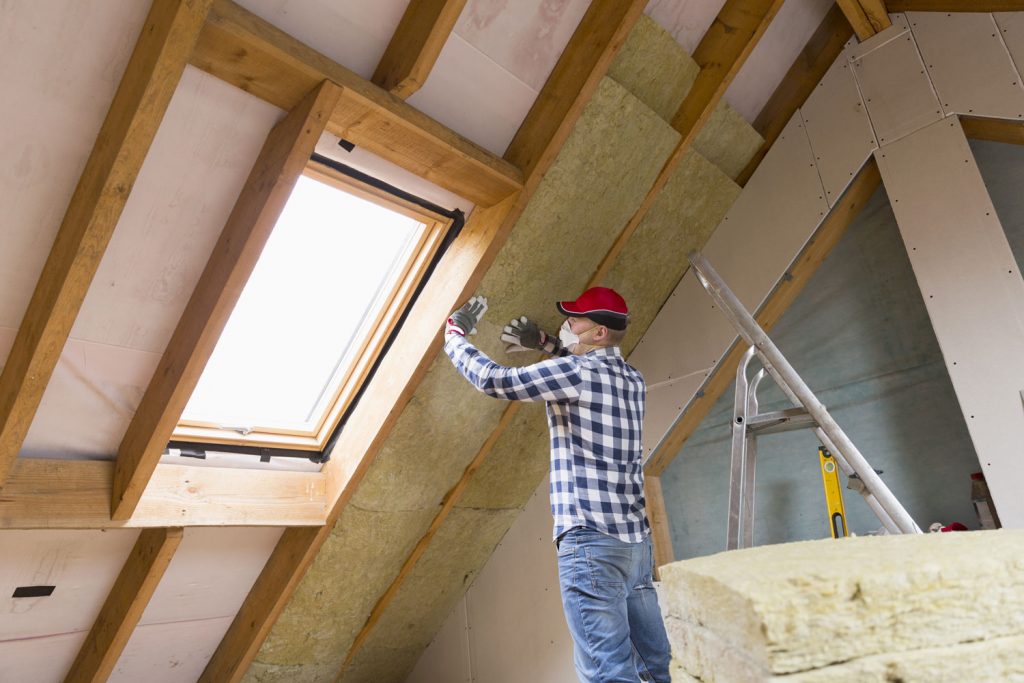
Does It Matter If Insulation Is Installed Upside Down?
If the insulation is installed upside-down, the paper facing that acts as the vapor barrier will store moisture in the middle of the paper and the sub-flooring. When this happens, the paper will be prone to rot and mold, which invites pest infestations as well.
The paper facing is also made flammable. The wrong installation can trigger a fire hazard.
Additionally, the worst thing that could happen when you misplace insulation facing is that it will result in structural damage to your house.
Does Insulation Have To Always Be Faced?
If the attic does not have any existing insulation and it's going to be a first-time application, the facing needs to be fronted toward the conditioned living space.
The enclosed and thin outer layer of the facing will protect this from condensation. Faced insulation assures dryness for both the insulation and drywall, specifically during instances where cold temperatures are rising.
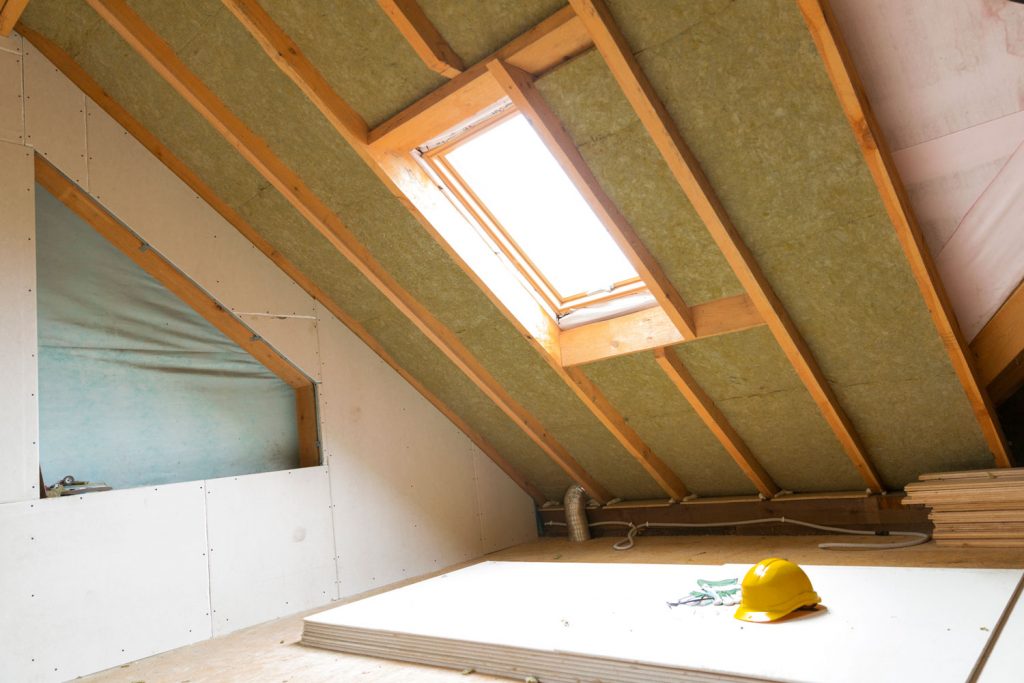
Faced insulation is processed into rolls and batts that you can staple to wall studs. It strongly prevents moisture and protects attic insulation against mold growth.
The U.S Department of Energy rates R-19 insulation as "great" in terms of its effectiveness to provide more thermal insulation. The R-19 insulation is also found in most homes and the outer walls of new construction projects.
This PINK GEN fiberglass insulation suits best in terms of faced insulation. It's soft and shreds less for neat cutting and clean installation. It has advanced fiber technology that produces a super-resilient blanket of insulating micropockets, which is designed to recover without fluffing with proven ingredients.
Check out this R-19 faced insulation batt on Amazon.
When Is Unfaced Insulation Used?
A house that has already been installed with insulation is the best scenario to install unfaced insulation. What's more, it's also appropriate for rooms that don't need too much moisture control, like dining rooms and studies, because it fits just right into the space.
Contrary to faced insulation, an unfaced type does not have a thin outer layer that strongly protects it from moisture. However, this does not entirely mean that it's worthless in general.
There are unfaced materials such as recycled newspaper, cardboard, glass, and other common wastes found in blown-in attic insulations. These materials make insulations thick and lumpy, so they will not need additional protection layers. Despite this, it still works in its own way in absorbing humidity.
So, if you happen to encounter an attic with blow-in insulation, remember that this is the perfect instance to apply the unfaced alternative. It also gives the advantage of a cheaper and much easier method, and at the same time, it can be used as a sound barrier to insulate walls and floors.
It also has less flammable components than faced insulation, so a little bit of its close exposure to heat is not something you can sweat about.
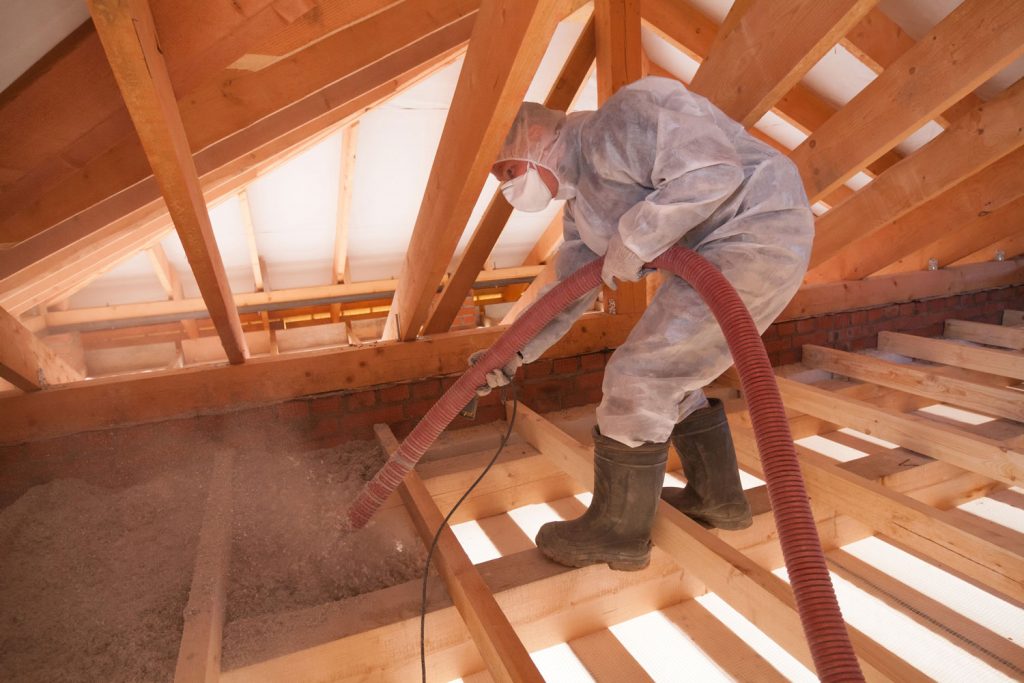
Can You Remove Facing From Insulation?
There will be a day when you need to renew your attic insulation. It is important to remember that it's possible to remove the facing from insulation during the installation.
It's even easier when you use a Kraft paper facing, similar to the product mentioned above. What you're going to do is simply pull on the facing with one hand and use the other hand to push the batt away from the facing, then you can start repairing and installing new insulation.
However, you must be careful with the fibers because they can irritate your skin. These fibers are also known to be carcinogenic and can cause harmful chemicals to enter your eyes and lungs. Wearing the proper mask, goggles, and protective attire is essential before starting to remove this project.

On the contrary, the unfaced method, typically the blown-in attic insulation, can be difficult to remove since it sticks to most surfaces, and it's going to be challenging to keep the structure intact. This will also be one heap of a mess since the gathered mold and asbestos will likely build up.
These are jobs you can possibly do all by yourself, but it's best to consult a professional insulation contractor for safety purposes. Since insulation removal poses a health risk and the quality of the work can also be at stake.
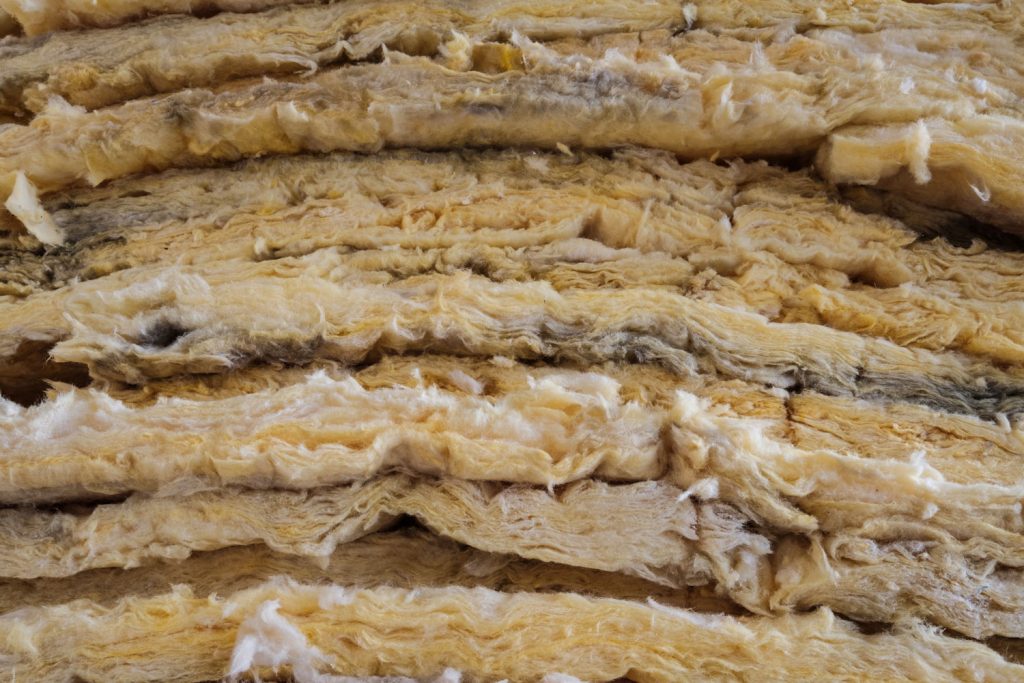
In Closing
Most of the time, attic insulation should always face the heated/cooled part of the living space for convenience, comfort, and functional purposes.
Now that you have answers to your questions, have fun with installing or removing insulation in your home, and always stay safe and smart with these tips we have just provided!
For more knowledge on the same topic about attic insulations, you can head over these articles for additional tips:

